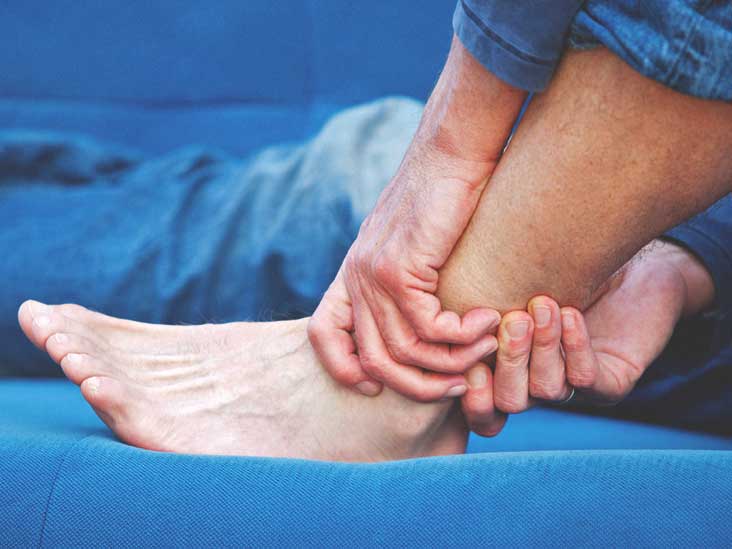A fibula fracture meansbreaksto a fibula bone. A forceful impact, like landing after a high jump or any effect to the outer portion of the leg, can be a reason of fracture. Even rolling or spraining an ankle puts stress on the fibula bone, which might cause a fracture.
Types of Fibula Fracture
Fibula fractures can occur at any point on the bone and may vary in kind and severity. Kinds of fibula fracture include:
- Lateral malleolus fractures happen when the fibula is fractured at the ankle
- Avulsion fractures happen when a small chunk of bone that is attached to a tendon or ligament is pulled away from the main portion of the bone
- Fibular head fractures happen at the upper end of the fibula at the knee
- Fibular shaft fractures occur in the mid-part of the fibula after an injury such as a direct blow to the part
- A fibula fracture may be due toseveral tough injuries. It is commonly related to a rolled ankle but can also be due to a fall, awkward landing, or a direct blow to the lower leg or outer ankle.
- Stress fractures describe a state where the fibula is injured as the result of repetitive stress, like hiking or running
Fibula fractures are utmost common in sports, specially those that contain jumping, running, or quick changes of direction like basketball, soccer, and football.
Symptoms
Pain, tenderness and swelling are some of the most common symptoms and signs of a fractured fibula. Other symptoms and signs are:
- Bleeding or bruising in the leg
- Numbness or coldness in the foot
- Incapability to tolerate weight on the injured leg
- Tender to the touch
- Visible deformity
Treatment
Fibula fracture treatment can vary and depends significantly on how critical the break is. A fracture is categorized in closed or open.
Open fracture (compound fracture)
In an open fracture, either a deep wound discloses the bone through the skin or the bone pokes from the skin and may be seen.
An open fracture is generally the outcome of a high-energy trauma or direct blow, like a motor vehicle collision or fall. This sort of fracture can also happen indirectly such as with a high-energy twisting kind of injury.
Also Check:Siora Surgicals Pvt. Ltd. Introduces Its New Product Range
The force required to cause these kinds of fractures means that patients will often receive additional injuries. Some injuries might be possibly life-threatening.
Doctors treat open fibula fractures instantly and check for any other injuries. Antibiotics are going to be administered to prevent from infection. A tetanus shot will also be given if it’s important.
The wound will be cleansed totally, examined, stabilized, and then enclosed in order to heal it properly. An open reduction as well as internal fixation with orthopedic plates and bone screws may be important to stabilize the fracture. If the bones are not uniting, a bone graft may be necessary to help healing. Orthopedic implants like Bone plates and bone screws can be obtained from top orthopedic Implant company in India.
Closed fracture (simple fracture)
The bone is broken, while the skin is left intact in a closed fracture.
The aim of treating closed fractures is to put the bone back in its position, control the pain, provide the fracture some time to heal, prevent problems, and return to the regular function. Treatment commences with the elevation of the leg. Ice is utilized to relieve the pain and decrease the swelling.
If no surgery is essential, crutches are utilized for mobility and a cast, brace, or boot for walking is suggested whereas healing takes place. Once the area has healed, people may stretch and strengthen weakened joints with the assistance of a physical therapist.
There are 2 main varieties of surgery if a patient needs them:
- Closed reduction involves realigning the bone back to its original place without the necessity to make an incision at the fracture site
- Open reduction and internal fixation realign the fractured bone to its original place utilizing hardware such as bone screws, bone plates, and rods
The ankle will be positioned into a cast or fracture boot till the process of healing is done.

